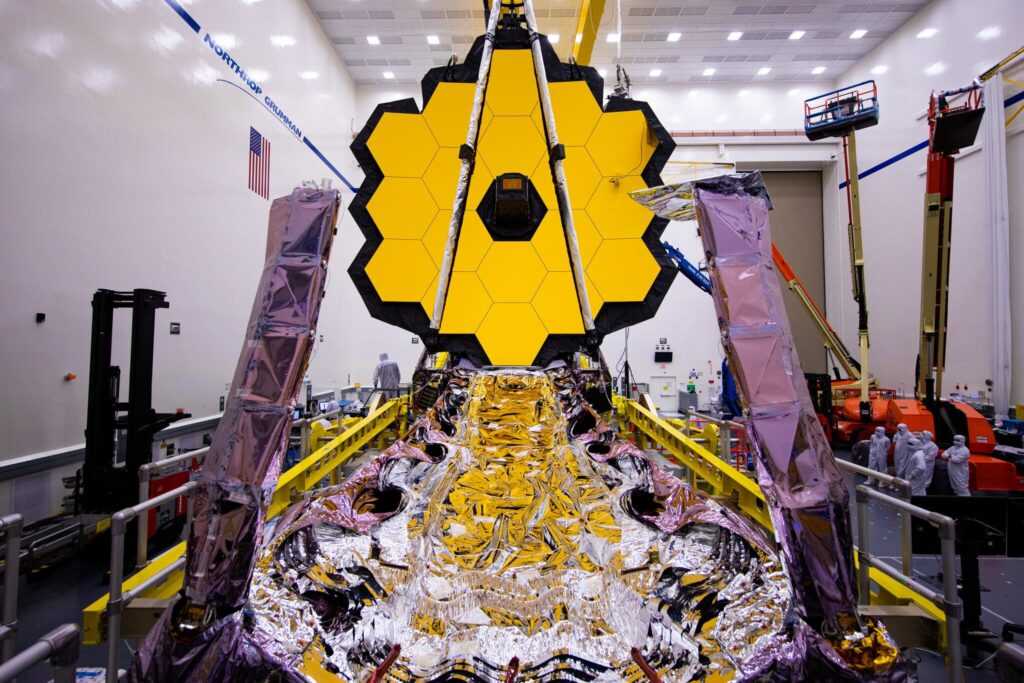Watch Webb Space Telescope Feed Live
By Laura Cowan
Laura K. Cowan is a tech editor and journalist whose work has focused on promoting sustainability initiatives for automotive, green tech, and conscious living media outlets.
The Webb telescope’s first released image, of the galaxy cluster SMACS 0723. The light from SMACS 0723 in this photo is 4.6 billion years old.
NASA just unveiled the first image captured by the Webb Space Telescope on Monday from billions of light years in the past. This morning at 10:30 ET, more photos will be revealed, and you can watch the reveal from the Webb Space Telescope live on Youtube from the NASA TV feed live from Goddard Space Flight Center in Greenbelt, Md.
The image of SMAC 0723 shown above, is from a distant galaxy cluster visible 600 million years after the Big Bang, with the oldest documented light in the history of the universe from 13 billion years ago.
These images show a selection of what the Webb Space Telescope has so far been able to capture of the universe, including never before seen glimpses of planets, nebulas, and atmospheres of other worlds. The Webb Space Telescope can capture invisible rays of infrared or heat radiation and probe more deeply into space than its predecessor, the Hubble Space Telescope.
Scientists are showing off the new telescopes remarkable abilities to probe space by selecting images that indicate the capabilities of the massive new gold-plated telescope. Images expected today include snapshots of the Southern Ring Nebula, which is a blast of gas ejected from a star dying 2,000 light years from earth, and an image of the Carina Nebula, which includes some of the most potentially explosive star systems in the Milky Way.
The team will also release images of Stephan's Quintet galaxy cluster from 290 million light years from earth in the constellation Pegasus, and a detailed spectrum of the exoplanet WASP-96b, a gas giant about half the mass of Jupiter that orbits a star 1,150 light years from earth.
Released yesterday was an image of SMACS 0723, a piece of sky visible from Earth's southern hemisphere that was previously photographed by Hubble in search of images of the deep past shortly after the Big Bang. The goal with the Webb Space Telescope is to explore not only the nature and deep past of our universe, but to push further than previously possible into looking for habitable planets.
first images webb telescope, nasa, smac 0723, webb space telescope


